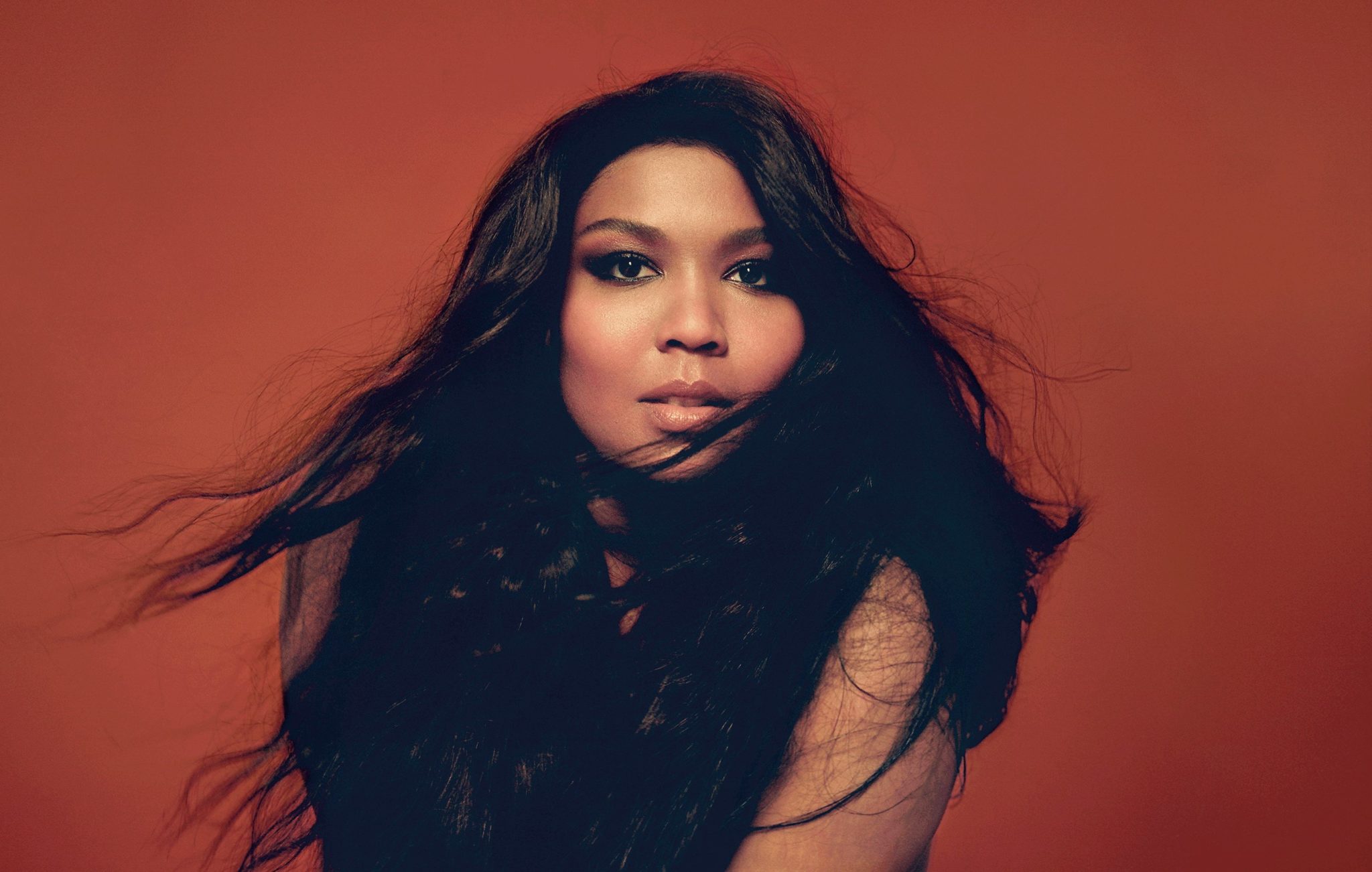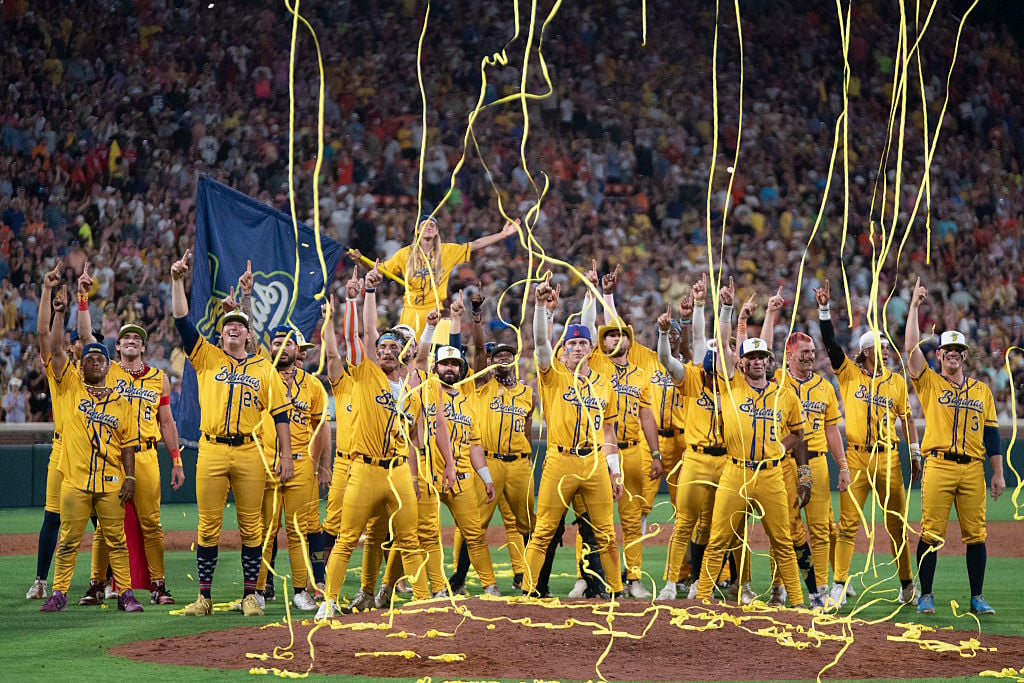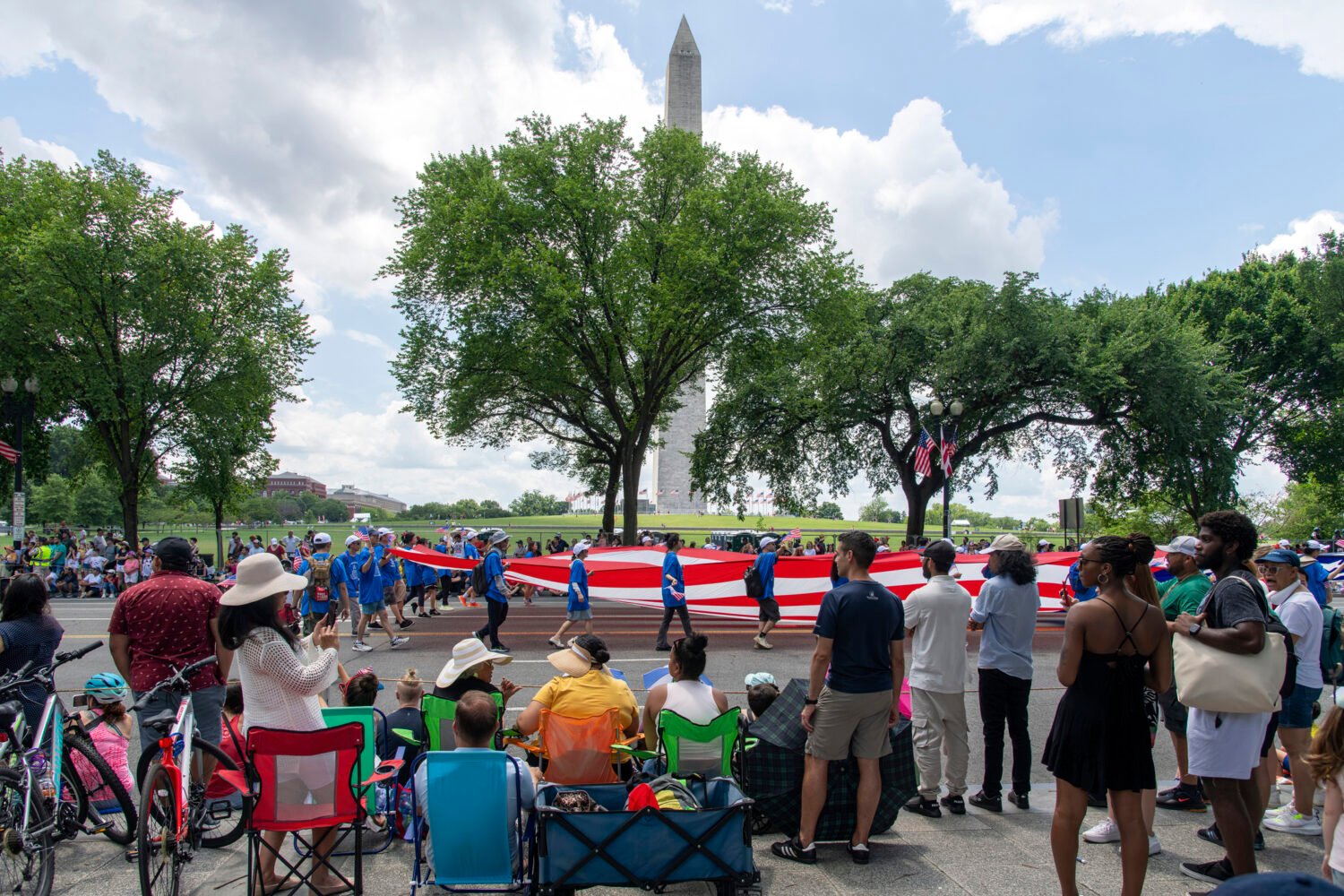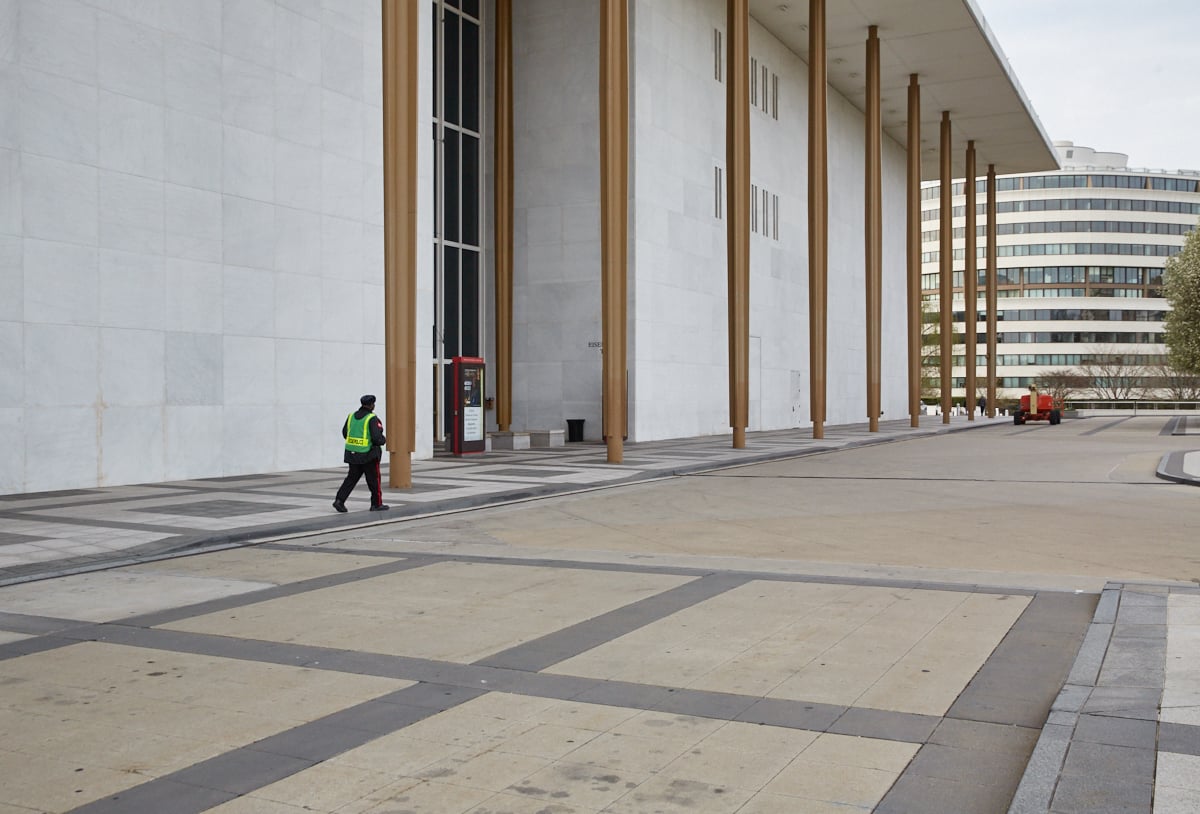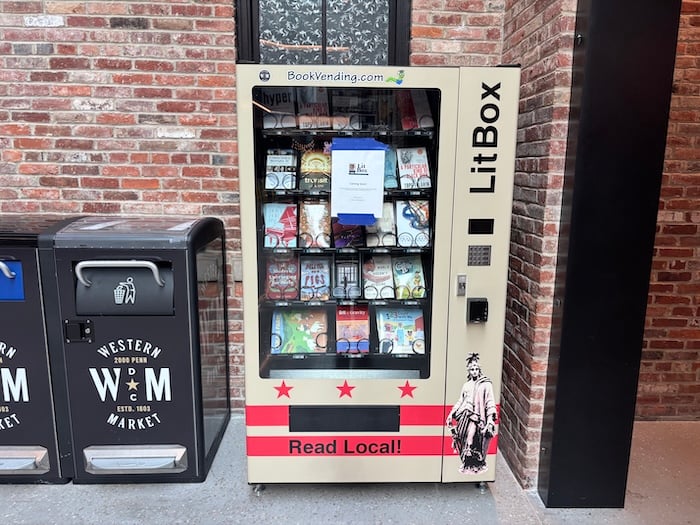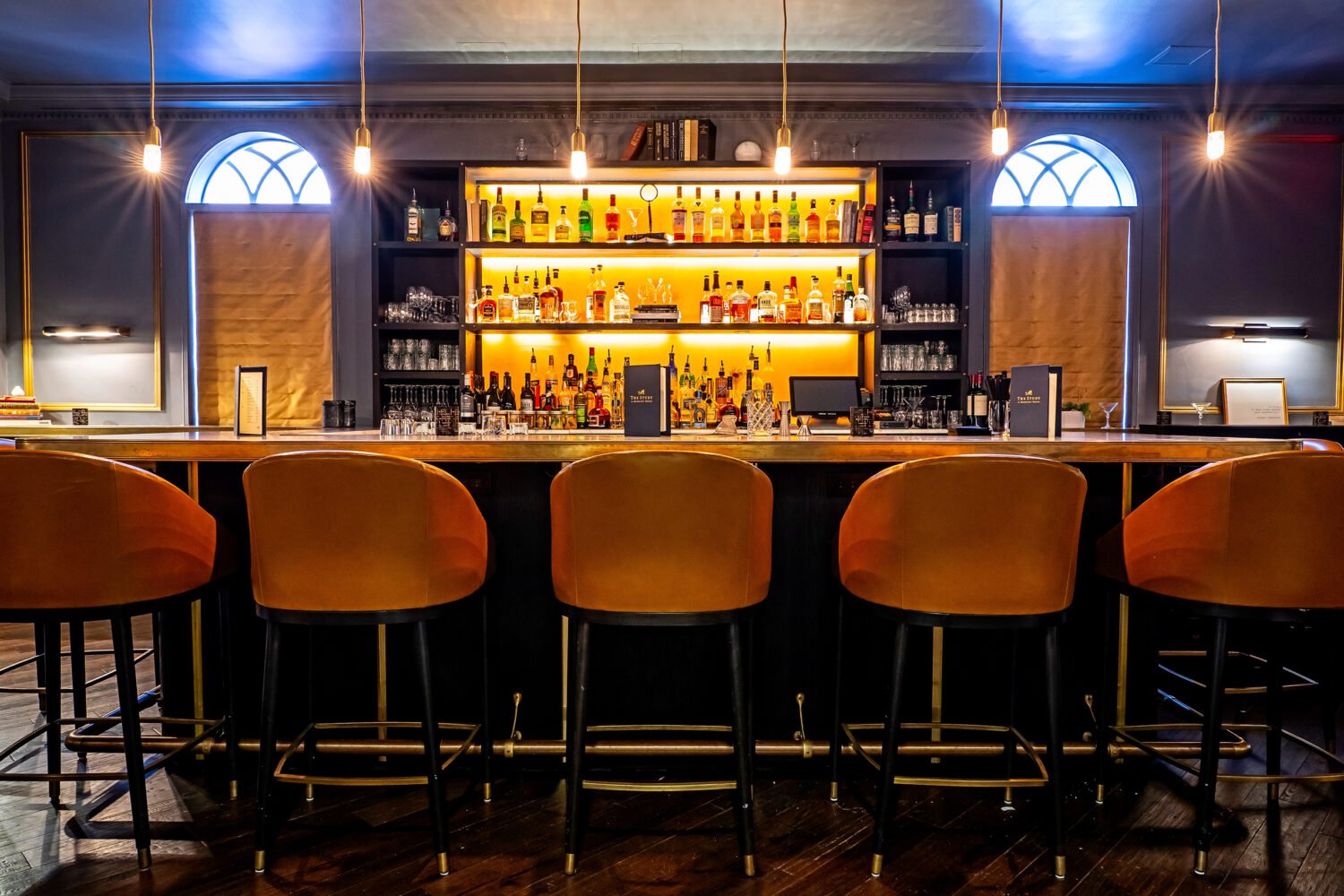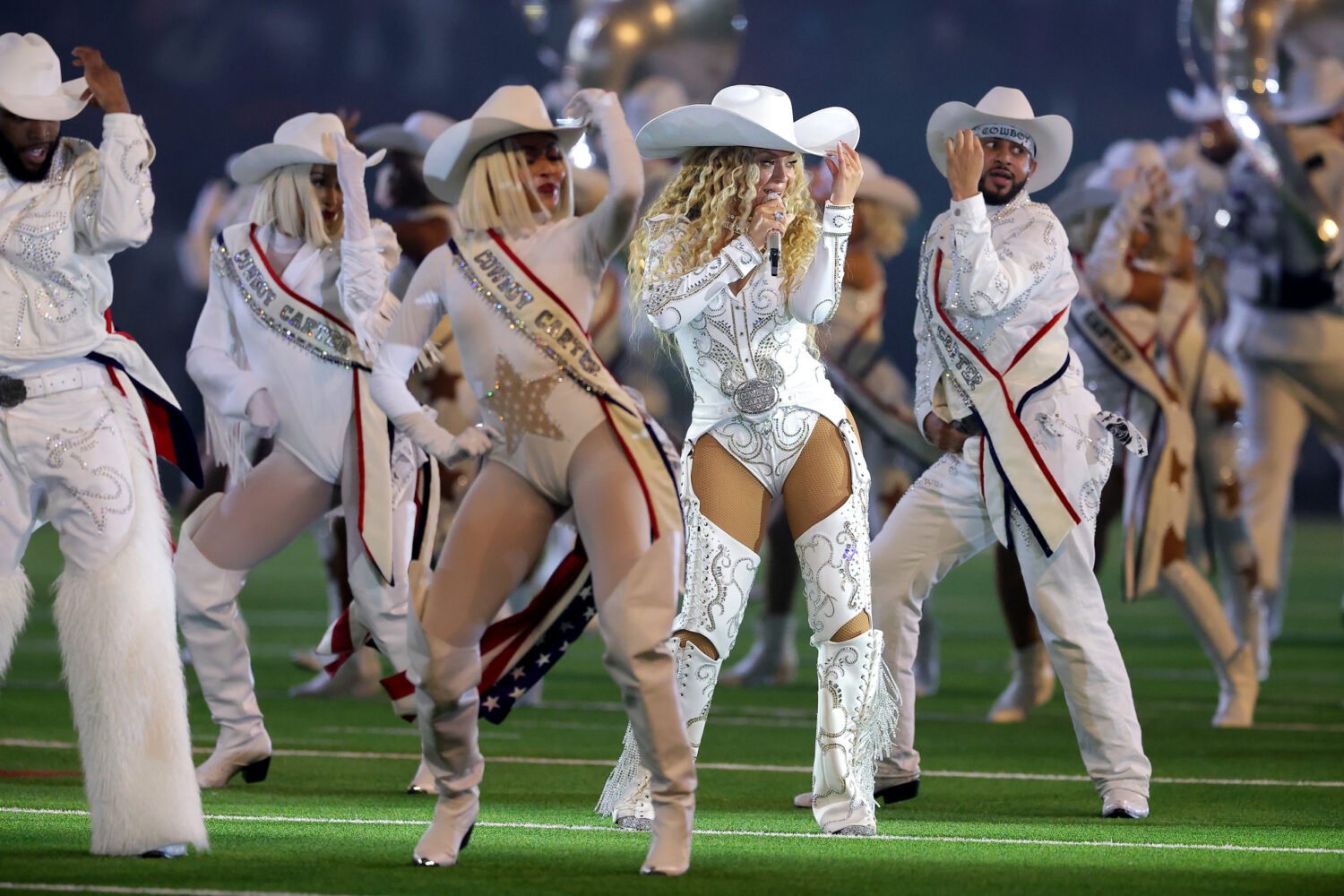The performances, exhibits, and other events worth your time this month.
Maren Morris
The Anthem, May 2

Country star Maren Morris is best known to pop fans for her crossover EDM hit with German DJ/producer Zedd, “The Middle.” Its hook (“I’m losing my mind, just a little!”) is so pervasive that you may hear it and wonder if you’re losing your mind. But Morris’s new album, Girl, combines those pop chops with her country roots. Check out the female-empowerment title track and love song, “Shade.” $35 to $199.
Mama’s Boy: A Story from Our Americas by Dustin Lance Black
Politics and Prose (Connecticut Avenue), May 2

Catching your mom ogling sexy pics of your significant other could be a relationship breaking point; for Dustin Lance Black and his mother, it was a turning point. In his memoir, Mama’s Boy, the Oscar-winning screenwriter (Milk) and activist writes about grappling with his sexuality while growing up with his deeply religious mom in a strict Mormon community. It’s a portrait of complex, evolving mother/son love. Free.
M3 Rock Festival
Merriweather Post Pavilion, May 3–5

This year’s retro-metal fest features ’80s greats including Skid Row, Quiet Riot, and Vixen ($80 to $255). But only one act hails from Hagerstown. Yes, we’re talking about the mighty Kix, still rocking the Mid-Atlantic almost 40 years after their first album. We asked singer Steve Whiteman to share some of his most memorable experiences performing in the Washington area.
#1
When Kix first began to play regularly, the Georgetown venue the Bayou was their home in the District. “We probably sold out that place 35 or 40 times in a row,” Whiteman says. Great for fans. Not so much for other bands: “Anybody that opened for us got booed off, pretty much. They didn’t want to hear anything but Kix!”
#2
The band opened for David Lee Roth at the Capital Centre in 1986. The hometown crowd adored them, but they ran so far over their allotted time that the venue cut off the power. “Donnie Purnell, our then bassist, got so pissed off that he went over to [part of the stage reserved for Roth] and acted like he was pissing all over it. Some crew guys came out and grabbed him and roughed him up pretty bad.”
#3
Kix headlined a show at the Patriot Center (now EagleBank Arena) in Fairfax shortly after 1988’s Blow My Fuse was released. For maximum metal impact, they decided to rent a scissor lift that could elevate the drum set 25 feet in the air. “The end of the night comes and I do this flip [off the platform]. It was spectacular, and the audience loved it.” But drummer Jimmy Chalfant was freaked out by the stunt. “He came off stage and said, ‘Never again.’ ”
Kingman Island Bluegrass & Folk Festival
Kingman Island, May 4
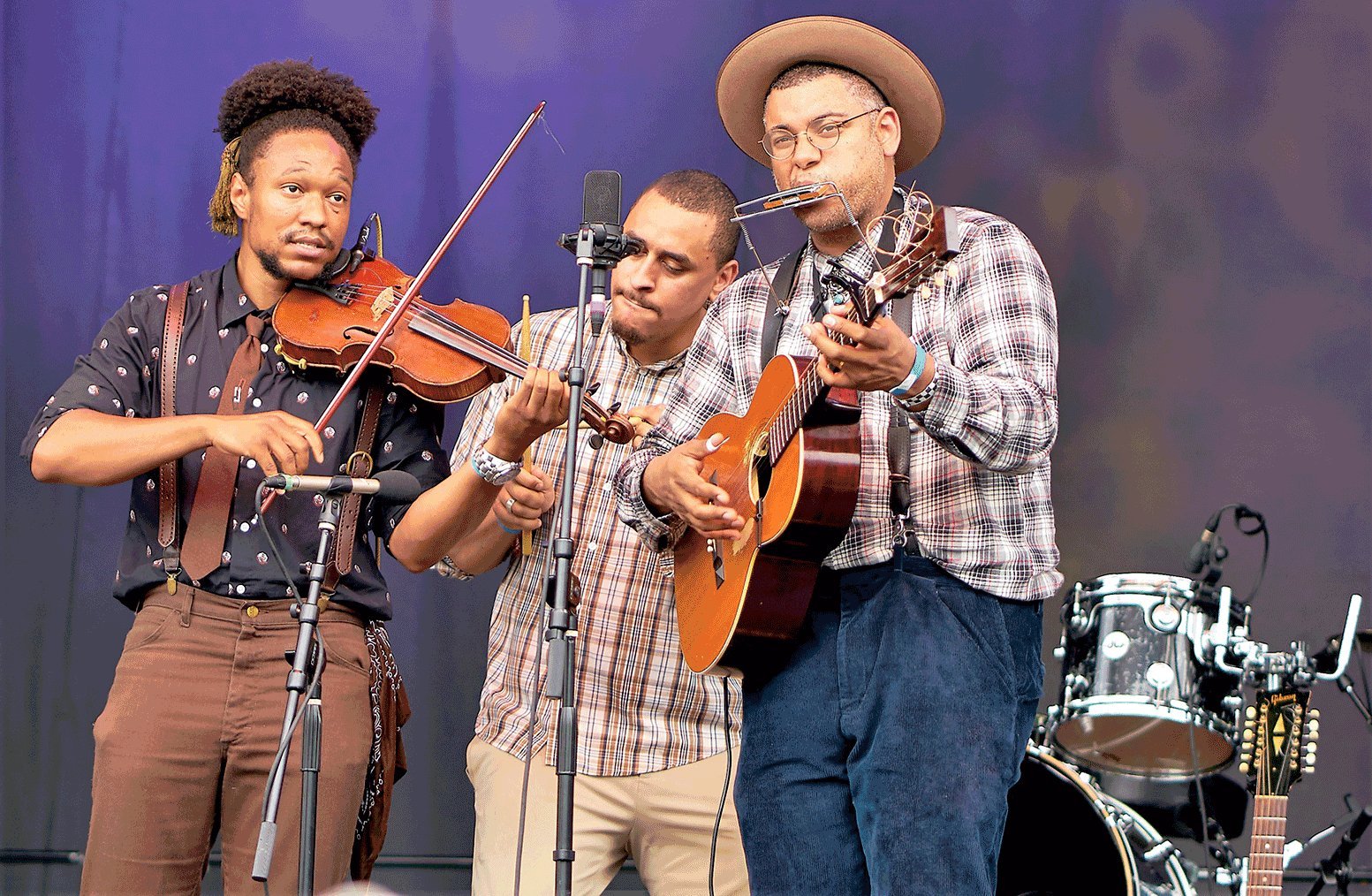
Don’t know a dobro from a dulcimer? No matter—this is a can’t-miss event: a music festival on an island . . . in the middle of DC. If you hap-pen to fall in love with the indie-soul band Oh He Dead, “Latingrass” group Che Apalache, or Shenandoah Valley–based Hackensaw Boys while taking in the scenery, even better. $35 to $100.
When the Crowd Didn’t Roar: How Baseball’s Strangest Game Ever Gave a Broken City Hope by Kevin Cowherd
Politics and Prose (Connecticut Avenue), May 4

On April 29, 2015, the Orioles played the Chicago White Sox in a locked and nearly empty Camden Yards—the first Major League Baseball game with no crowd. Kevin Cowherd, author of a new book chronicling that eerie day, shares a few thoughts about it. Free.
- Why it happened: Baltimore had plunged into chaos after Freddie Gray died from injuries sustained while in police custody. Barring fans due to the unrest “was a momentous decision,” Cowherd says. “It was just too dangerous to have a ballgame played with fans coming into the city.”
- What it was like: Although the Orioles won, there was nothing celebratory about the atmosphere. “It was more like a church, like a chapel, than a baseball stadium. No noise, no fans, no color.”
- What happened next: The unrest soon subsided, but many of the underlying issues remain. “[That game] gave the citizens of Baltimore a very brief respite and gave them hope that, yeah, the whole city isn’t going up in flames, but everything that’s transpired since that day . . . crime and violence in the city has only gotten worse.”
Opening of the International Spy Museum at L’Enfant Plaza
International Spy Museum, May 12
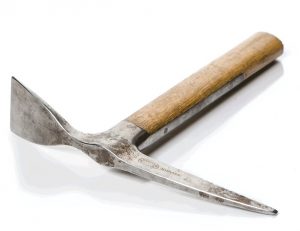
The Spy Museum’s glossy new home is finally opening ($24.95; spymuseum.org), with thousands of never-before-displayed artifacts on view, including a Stasi bra camera and a drone disguised as a dragonfly. One of the most intriguing additions is the infamous ice ax used to kill Marxist revolutionary Leon Trotsky. A quick look at that object’s long road to DC:
August 20, 1940: After Trotsky falls out with Stalin, he finds asylum in Mexico City. But Soviet agent Ramón Mercader manages to gain Trotsky’s trust—and then punctures his skull with the implement.
Mid-1940s: Mexican secret-police commander Alfredo Salas takes the ax from an evidence room, supposedly to preserve it. His daughter, Ana Alicia, later claims he had permission, but the circumstances are unclear.
1965: Now retired, Salas gives the ice ax to Ana Alicia, who keeps it under her bed for the next 40 years.
2005: Ana Alicia publicly reveals that she has the ax, long thought to be lost. Espionage collector H. Keith Melton, who spent years searching for it, buys it from Salas. He uses police reports to authenticate it, citing Mercader’s bloody fingerprint as an identifying clue.
2017: Melton donates his entire 5,000-item collection to the International Spy Museum, including the ice ax—which (gross) is still encrusted with bits of Trotsky’s blood.
“Rirkrit Tiravanija: Who’s Afraid of Red, Yellow, and Green”
Hirshhorn Museum, May 17–July 24
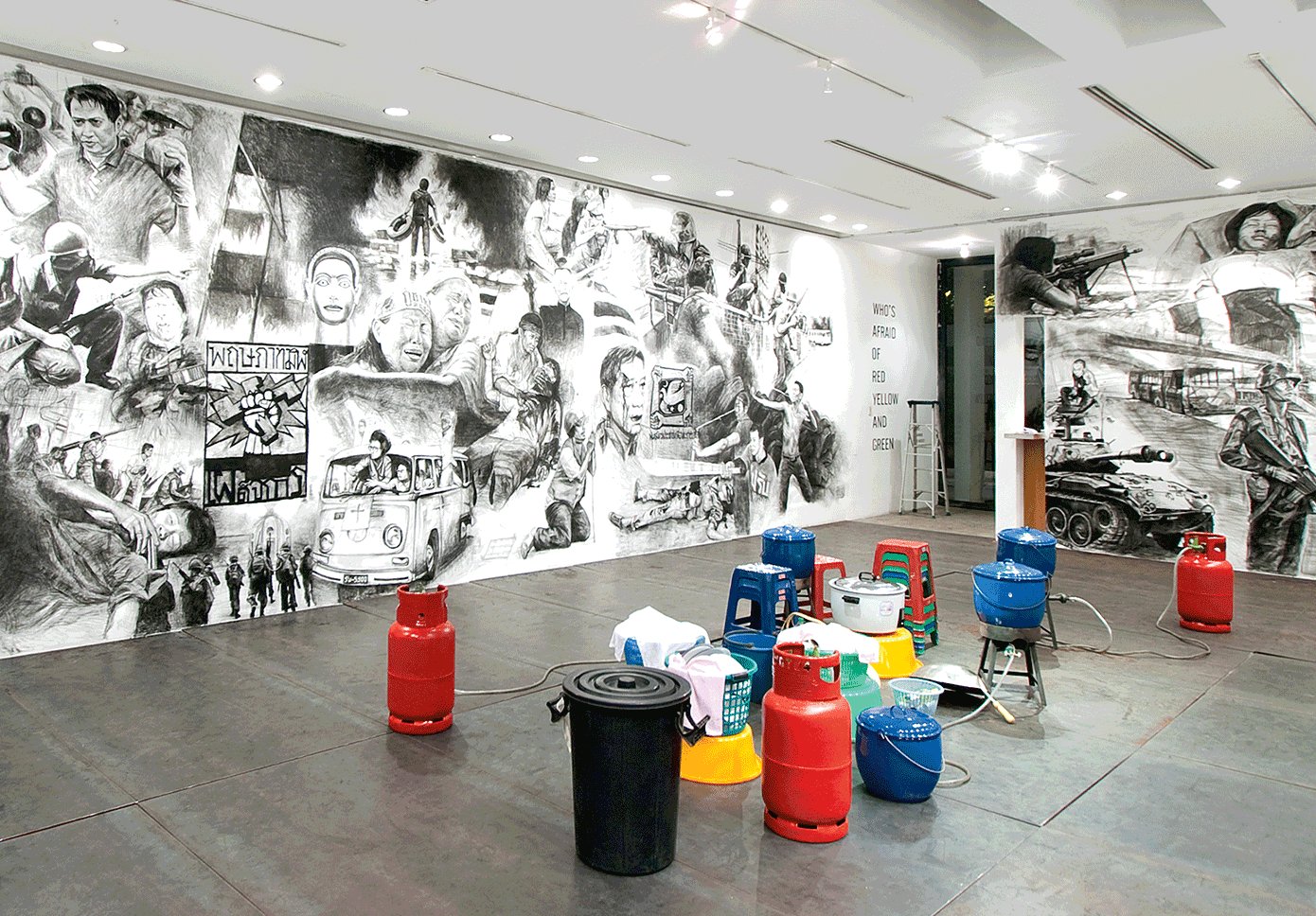
Installation artist Rirkrit Tiravanija aims to turn the idea of a gallery space upside down and explore relational connections using food—specifically, curry. In this exhibition, visitors will enter a room covered in images of Thailand’s recent political protests and then share a communal meal of the dish, casting the universally familiar practice of eating into an unfamiliar context. Free.
“Whistler in Watercolor”
Freer Gallery, May 18–October 6

Although most famous for that painting of his mother, James McNeil Whistler is also highly regarded for his hypnotic watercolors. The Freer owns 52 of these, and many have never before been on display. Now you can immerse yourself in 40 of them, including “The Ocean Wave” (above), a transfixing whisper of sea and clouds that’s as majestic as it is minimal. Free.
Vir Das
Kennedy Center, May 18

A Bollywood star turned comedian, Vir Das fills stadiums in New Delhi. He’s now swinging by DC on his international tour, and despite the smaller venue, he isn’t likely to mute his big personality for American audiences. As he said in Abroad Understanding, one of his two Netflix specials, “Tonight, for the first time in your life, may-be the Indian accent can be a perspective and not a punchline. Wouldn’t that be nice?” $29 to $45.
Lizzo
9:30 Club, May 19–20
Body-pos warrior, classically trained flutist, gifted rapper/singer: What can’t Lizzo do? Although the “Good as Hell” artist’s self-love tunes haven’t changed much, her profile sure has—she recently served as a RuPaul’s Drag Race guest judge, graced the cover of New York magazine, and converted a slew of pop agnostics during one of the most celebrated sets at this year’s SXSW. $30.
Fauré’s Requiem
Kennedy Center, May 19
The Choral Arts Society of Washington, led by Scott Tucker, will grapple with Gabriel Fauré’s gloriously moving late-19th-century funeral Mass. Be sure to BYOT: Bring your own tissues. $15 to $69.
The 1975
The Anthem, May 21

With a sound that Pitchfork compared to a “trap remix of a Bon Iver ayahuasca trip,” this British band has come a long way from their angsty self-titled 2013 EP. Their latest, A Brief Inquiry Into Online Relationships, jumps from lyrics responding to Trump and Kanye (“Love It If We Made It”) to a sample of a Siri-narrated story (“The Man Who Married a Robot”). $49.50 to $69.50.
The Apology by Eve Ensler
Politics and Prose (Connecticut Avenue), May 23
The Vagina Monologues playwright writes here from the perspective of her now-deceased father, analyzing the man who physically and sexually abused her. She delivers to herself the mea culpa she never received from him in life, very publicly taking her healing and closure into her own hands. Free.
DanceAfrica DC
Dance Place, May 28–June 2
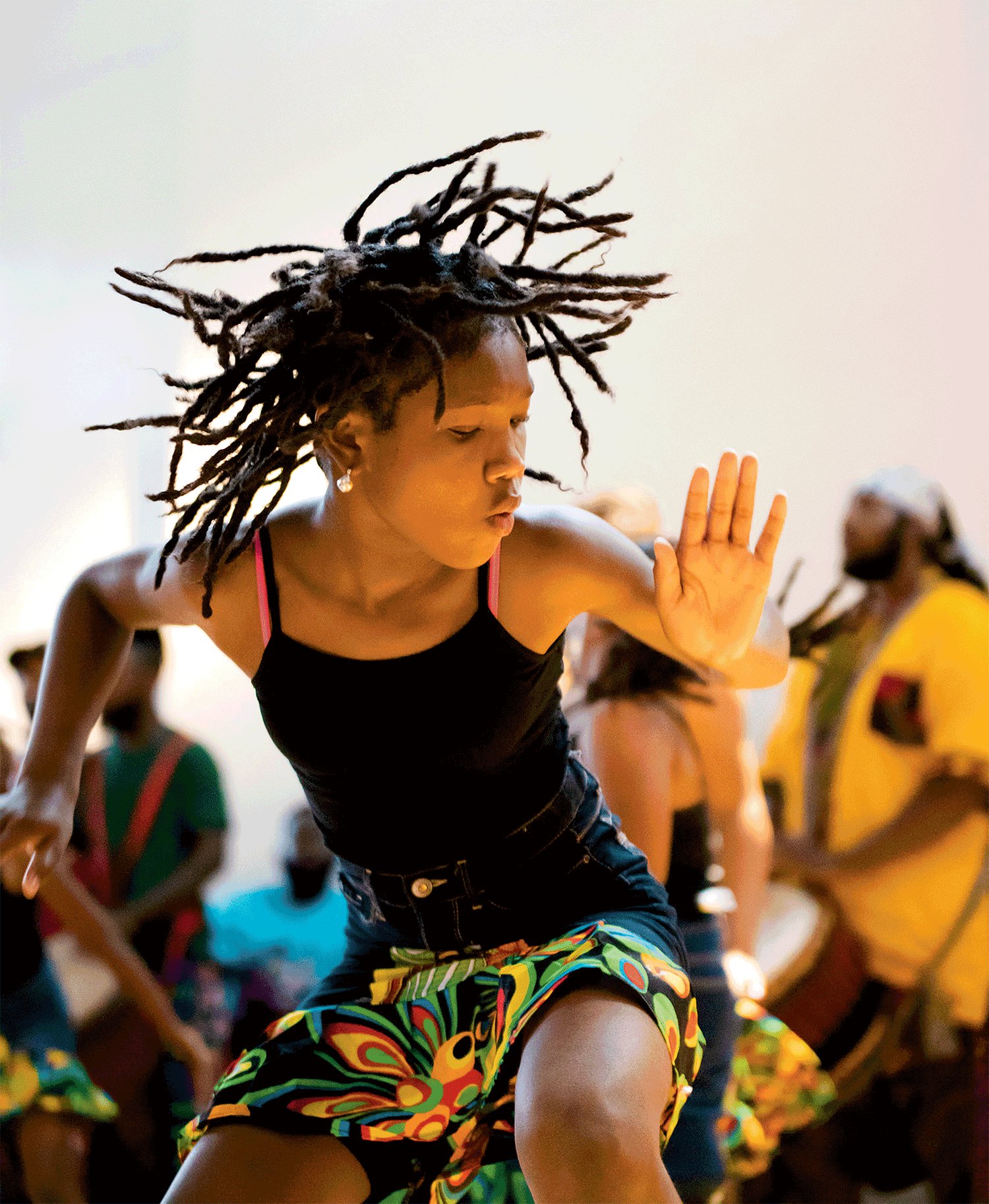
For more than 30 years, this annual festival has showcased the rich variations of African heritage through dance. Celebrate the spirit and diverse cultures of the African diaspora with Coyaba Dance Theater and the other companies onstage, or let the beat of the djembe pull you out of your seat and into a master class. $15 to $30.
“Carlos Páez Vilaró: Roots of Peace”
Art Museum of the Americas at OAS, May 30–September 8
For decades, one of the Art Museum of the Americas’ most impressive works has been largely out of view: “Roots of Peace,” a 1960 mural by Uruguayan artist Carlos Páez Vilaró, is hidden away in an employee tunnel. This exhibit of Páez Vilaró’s work includes a guided tour of the mural, finally giving his dynamic abstract figures the audience they deserve. $10.
DC Asian Pacific American Film Festival
Navy Memorial’s Burke Theater, May 31–June 2
One more thing to love about Crazy Rich Asians: Its success has helped highlight the work of Asian and Asian American filmmakers and actors working outside of the Hollywood machine. This year’s festival will showcase some of those efforts, including new films such as Lucky Day, which explores black and Asian relations during the 1992 LA riots. $15 per screening.
Forest Treás
Dance Loft on 14, May 31–June 30
What if the DC sniper crisis of 2002 had turned the city into something straight out of 1984? That’s the alternate reality at the center of Navid Azeez’s play, set in a fictional Washington neighborhood called Forest Treás during the attacks. In the name of safety, residents decide to film one another’s every move, and the ensuing paranoia creates the Nextdoor network of our nightmares. $20 to $32.
This article appears in the May 2019 issue of Washingtonian.

